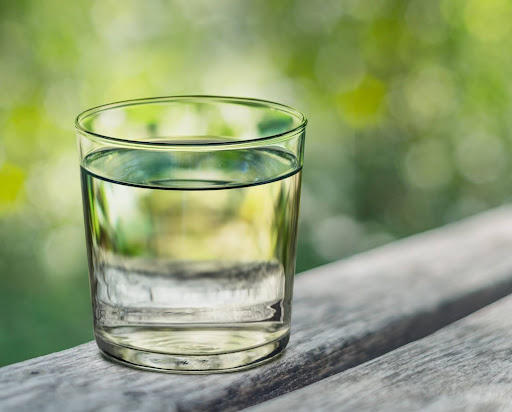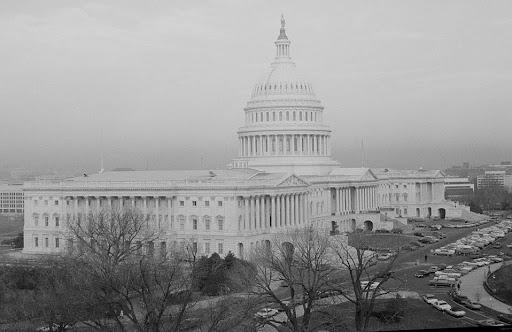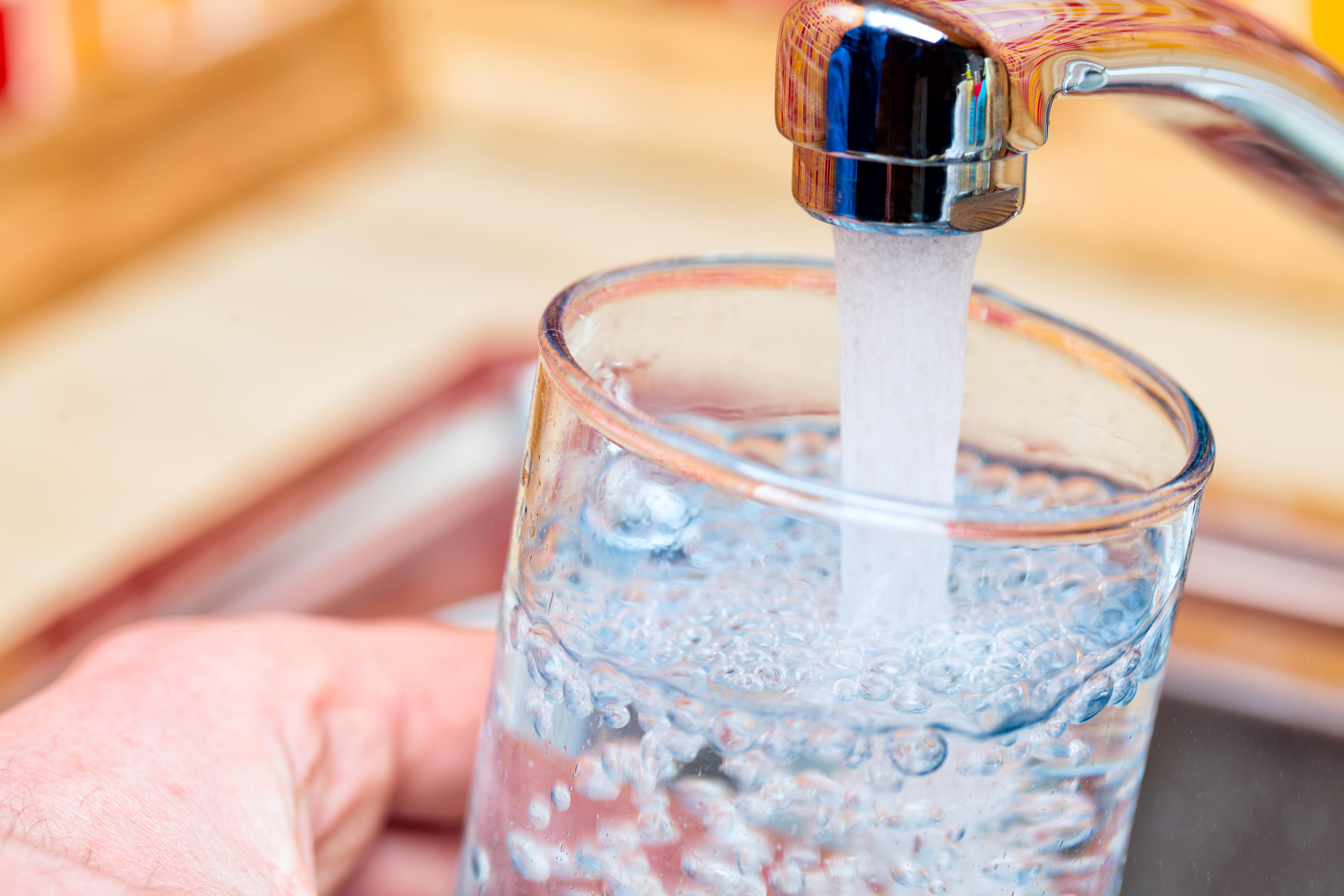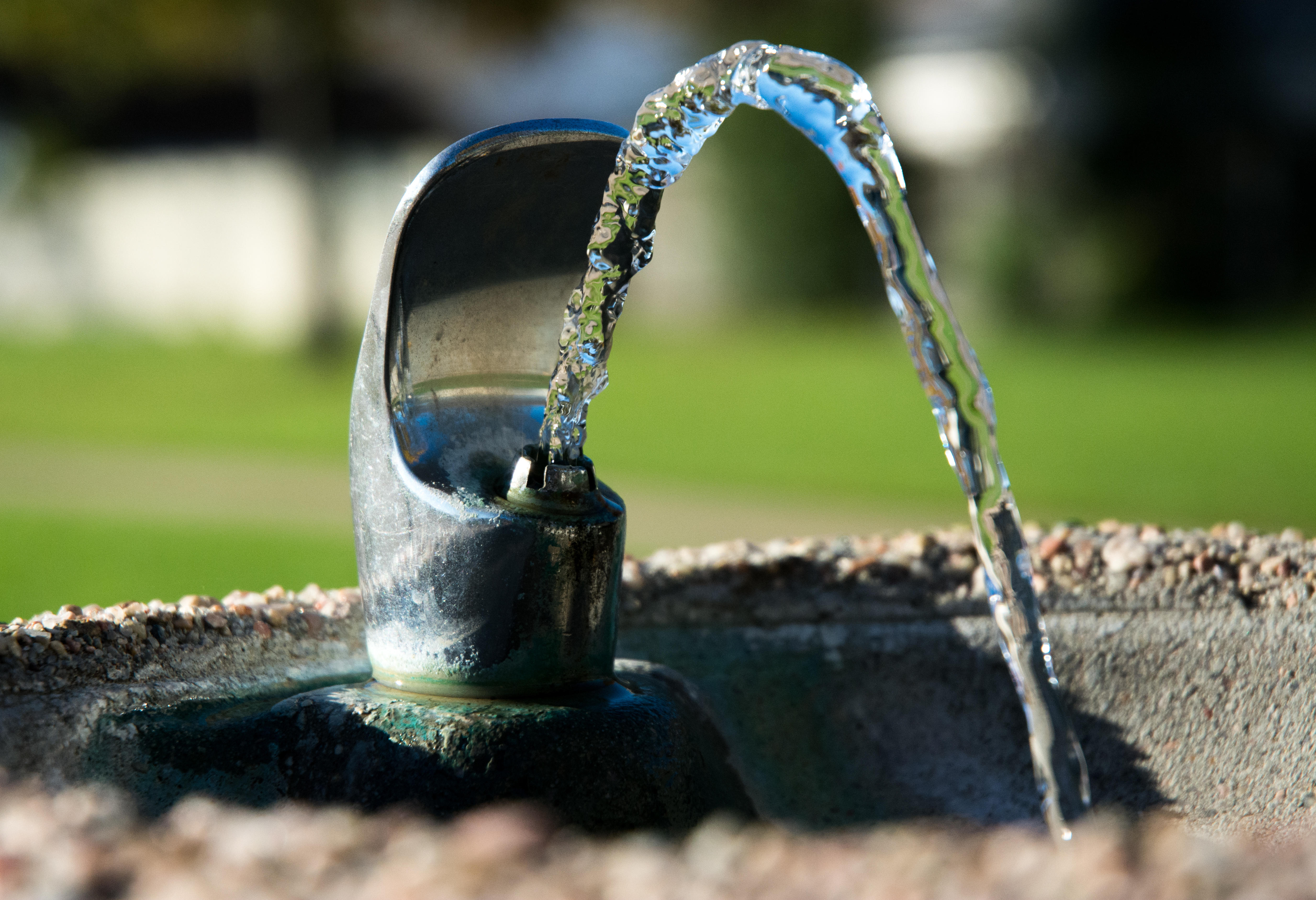Safe Drinking Water Act - 50 Years
Safe Drinking Water Act 50 Years
Most people don’t think twice when they turn on the kitchen faucet or the shower, but a lot of effort goes into ensuring water is usable and drinkable. The Water Quality Control Division within CDPHE works with water systems across the state to produce high-quality water. As we celebrate the 50th anniversary of the Safe Drinking Water Act, we reflect on the advancements in safeguarding water. At the same time, the division tackles many challenges to ensure this valuable resource continues to flow from the tap. The anniversary is on December 16, 2024. Explore and enjoy.
On December 16, 2024, the Safe Drinking Water Act will turn 50, marking a half-century of commitment to safeguarding the drinking water of all those who live, work, and play in Colorado.
The partnerships between the state and water systems began decades before the Safe Drinking Water Act. Still, they greatly expanded after 1974, when Congress passed the federal law protecting public water supplies from harmful contaminants. The law established a federal-state arrangement in which states and tribes took the responsibility of implementing and enforcing the regulations. The need for a law to create one uniform regulation for drinking water nationwide arose in the late 1960s and early 1970s. Public outcry increased over concerns about agricultural and industrial pollution, waterborne diseases, and dirty-smelling water.
The Water Quality Control Division within CDPHE works with water systems to test water and treat it to meet the Safe Drinking Water Act standards.
“We are so much more than just enforcing the rules. We and our water system operators work hard to promote good practices, invest in infrastructure, and achieve healthy, sustainable water supplies.”
~Ron Falco, Safe Drinking Water Program Manager
The division ensures regulatory compliance, performs inspections, provides technical assistance, coordinates financing and design review of infrastructure projects supplied by federal dollars, supports operator certification, and provides emergency assistance to water systems in need.
The division strives to keep our state’s drinking water supplies safe today and in the face of future challenges. As technology and science advance, so does the division’s commitment to our water systems to help them confidently supply high-quality water to the public.
For more details about the Safe Drinking Water Act, refer to the following resources.
Safe Drinking Water Act timeline
Why do we need the Safe Drinking Water Act?
1849: Julesburg, Colo., a common stopover for wagon train travelers, experienced Colorado’s first documented drinking water outbreak. The Gold Rush brought many people to Colorado.
They built tent towns by streams and rivers. Waterborne diseases, cholera cases, and typhoid fever increased, and mining created environmental pollution. Acid mine drainage also polluted nearby water. Watch this video on public health.

1876: Colorado established statehood.
1885 - 1940: Denver eliminated Typhoid deaths in the city by investing in drinking water filtration and disinfection.
1963 - 1972: According to CDPHE archives, health experts attributed eight disease outbreaks, leading to 411 cases, to public water supplies in Colorado during this time.
Fortunately, none of these outbreaks resulted in people dying. The common factor in all incidents was contamination entering water supplies that were inadequately treated.


The pipeline of the act.
1974 – 1977: Congress passed the Safe Drinking Water Act, President Ford signed it into law on December 16, 1974, and the EPA started to create a uniform and comprehensive framework for overseeing and safeguarding drinking water supplies nationwide.
1979: EPA set non-enforceable guidelines for contaminants that cause aesthetic problems in drinking water.
1985: The EPA established the National Primary Drinking Water Standards.
- They guide the EPA, the state of Colorado, and water systems to protect against naturally occurring and human-made contaminants that may be found in drinking water.
1986: The Congress passed the first major amendments to the act. Some of the 1986 additions include:
- Required the EPA to increase the pace of regulating contaminants in drinking water.
- Prohibited use of lead plumbing materials in public water system pipes.
- Increased the protection of ground water.
1989: The EPA set the Total Coliform Rule.
- Required systems to monitor for total coliforms in the distribution system and take action if detected. Coliforms are bacteria in the digestive tracts of humans, animals, plants, and soil.
1996: Congress passed additional significant amendments to the act. Some of them include:
- All public water systems are required to produce and distribute consumer confidence reports about the water they provide to the public. The public can often find these on a public water system’s website.
- Drinking Water Revolving Fund is established. States like Colorado disperse federal money to community water systems that need help paying for infrastructure improvements or protecting water sources.
- The act required water system operators to be certified.
2001: EPA lowered the standard for arsenic in drinking water.
2008: A waterborne disease outbreak struck Alamosa, Colorado, sickening 1,300 people and killing one person. The investigation report determined that the most likely cause was animal waste contaminating a storage tank with cracks and holes.
2011: Congress passed yet another amendment to the act. It further reduced the use of lead in plumbing fixtures and fittings.
2015: The Water Quality Control Commission adopted the federal Revised Total Coliform Rule. It established specific guidance for storage tanks, water haulers, and disinfectant residuals in water distribution systems. The commission also revised the backflow prevention and cross-connection control rule.
2016 - 2018: Extended infrastructure investments and required public water systems, serving more than 3,300 people, to develop risk assessments and emergency response plans. Learn more details on the website.
2022: Direct Potable Reuse rule approved by the Water Quality Control Commission. CDPHE press release on DPR.
2023: The Water Quality Control Commission adopted the federal Lead and Copper Rule Revisions into the Colorado Primary Drinking Water Regulations (Regulation 11). It requires communities to identify and make public the locations of lead service water lines. The rule also calls for testing for lead in drinking water at schools and childcare facilities.
The Water Quality Control Division is working on solutions for current and future challenges.
- Aging infrastructure.
- Extreme weather.
- Emerging contaminants, including PFAS.
- Cybersecurity.

Contact us
If you have questions, please contact us at cdphe.commentswqcd@state.co.us.


